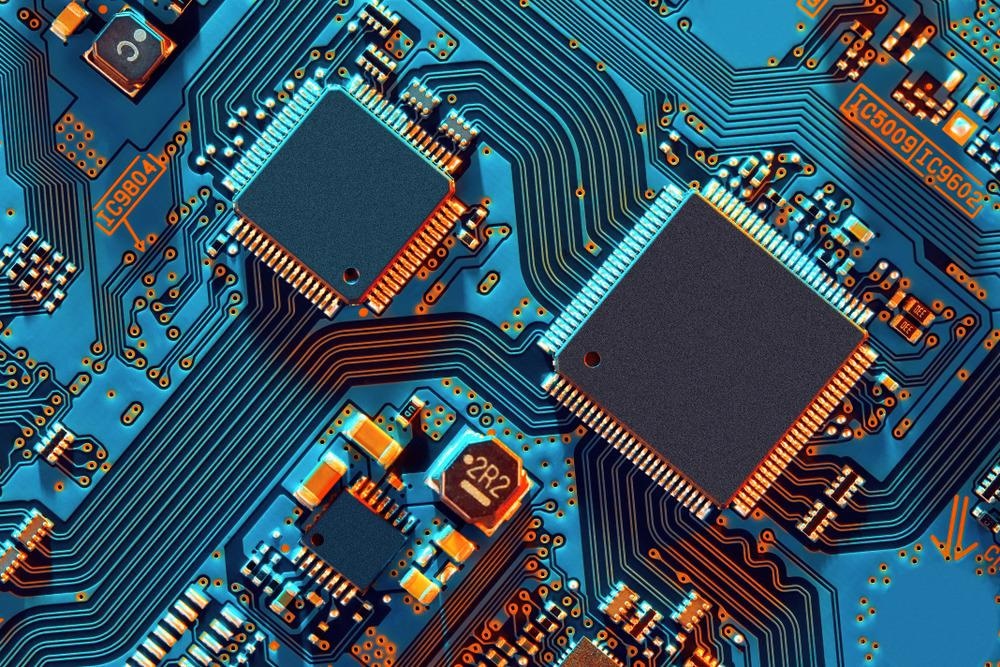Transitioning from a linear to a circular economy has been widely envisioned as a key strategy to significantly improve the sustainability of human society. To investigate the adoption of circularity indicators in the electrical and electronic industries, a paper has been published in the Sustainability.

Study: Developing and Applying Circularity Indicators for the Electrical and Electronic Sector: A Product Lifecycle Approach. Image Credit: raigvi/Shutterstock.com
Adopting a Circular Economy Business Model in the Electrical and Electronics Sector
Recent studies have demonstrated that the electrical and electronics industry has a problem with unsustainable production, consumption, and waste patterns. Increasing technological innovation has led to shortened product lifecycle and early obsolescence and there is a growing global demand for electronic devices, which has pushed manufacture to an unsustainable level.
Moreover, the limited second-hand market and low levels of remanufacturing (0.1% of the global market) have led to waste electronic and electrical products becoming one of the fastest global waste streams. Electrical and electronics waste contains toxic materials which cause environmental contamination when parts degrade. Additionally, valuable resources that could otherwise be reused are lost when waste is disposed of. In 2019, over fifty-three million metric tons of electrical and electronics waste was generated, and this figure is growing annually.
The sector still mainly employs a linear model, with limited recycling and reuse of materials. Around 60% of the embodied resources used in the construction of parts and devices are lost at the end of a product's lifecycle. Adopting a circular economy business model would address many of the challenges the sector faces by intrinsically linking the business values of companies to the circular economy concept.
Adopting this kind of business model would improve resource management, make the sector more sustainable and environmentally friendly, and encourage improvements in waste management to achieve closed-loop value chains and value retention. However, recent studies have demonstrated that actors in the industry are still unsure of the benefits of circular business practice.
Being able to measure the benefits of a circular economy business model is key to the successful implementation by companies. Like any business model, it must give clear economic benefits, be actionable and sustainable, and must have measurable results. The main barrier to the successful adoption of circular business practices is the lack of a standardized measurement method.
Circularity Indicators
Circularity indicators are designed to support the practical implementation of circular economy business models. They are used to measure and monitor the impact of circular practices and interventions on a business’s performance. There has been an increasing research focus on circularity indicators over the past five years. However, so far there have been limited studies on electrical and electronics sector-specific circularity indicators.
Much debate still exists on whether existing circularity indicators can capture all the nuances of the circular economy. Moreover, there is evidence that companies rarely employ circularity indicators or formal measurements to investigate the circularity of their products.
Lack of knowledge and data is a significant roadblock to the implementation and measurement of circular economy business models. Recent studies have indicated the urgent need for sector-specific circular economy business models to reduce organizational knowledge gaps.
The Study
The authors of the study have responded to the current gap in knowledge by investigating how companies in the electrical and electronics sector can measure and monitor their product’s circularity. In the research, they have developed and evaluated multiple circularity indicators that can measure and monitor the circularity of products in this key industrial sector in a multidimensional manner.
Microlevel circularity indicators that are relevant to products within the sector have been developed, rated, and validated by the authors. The authors have stated that this is the first research in the area which develops circularity indicators that are associated with key product lifecycle phases for use by companies within the sector.
It has been stated in the study that manufacturers who use the circularity indicators set forth in the study first establish how reliably they can collect data, which may impact the use of the indicators. This may require customization. Companies should develop procedures both internally and in conjunction with partners to collect the relevant data.
As the research is exploratory in nature, the developed circularity indicators do not include standard calculation metrics. This has been identified by the authors as a potential limitation. To ensure comparability of data, establishing these metrics would be an advantageous future research direction.
Validation of the data in case studies on popular products such as washing machines and computers has also been identified as a future research direction. This would help studies to establish the usefulness of the data to companies within the sector to evaluate how products perform in respect to circularity, further strengthening research findings by acknowledging the importance of real-world case studies.
Further Reading
Pollard, J et al. (2022) Developing and Applying Circularity Indicators for the Electrical and Electronic Sector: A Product Lifecycle Approach [online] Sustainability 14(3) 1154 | mdpi.com. Available at: https://www.mdpi.com/2071-1050/14/3/1154
Disclaimer: The views expressed here are those of the author expressed in their private capacity and do not necessarily represent the views of AZoM.com Limited T/A AZoNetwork the owner and operator of this website. This disclaimer forms part of the Terms and conditions of use of this website.